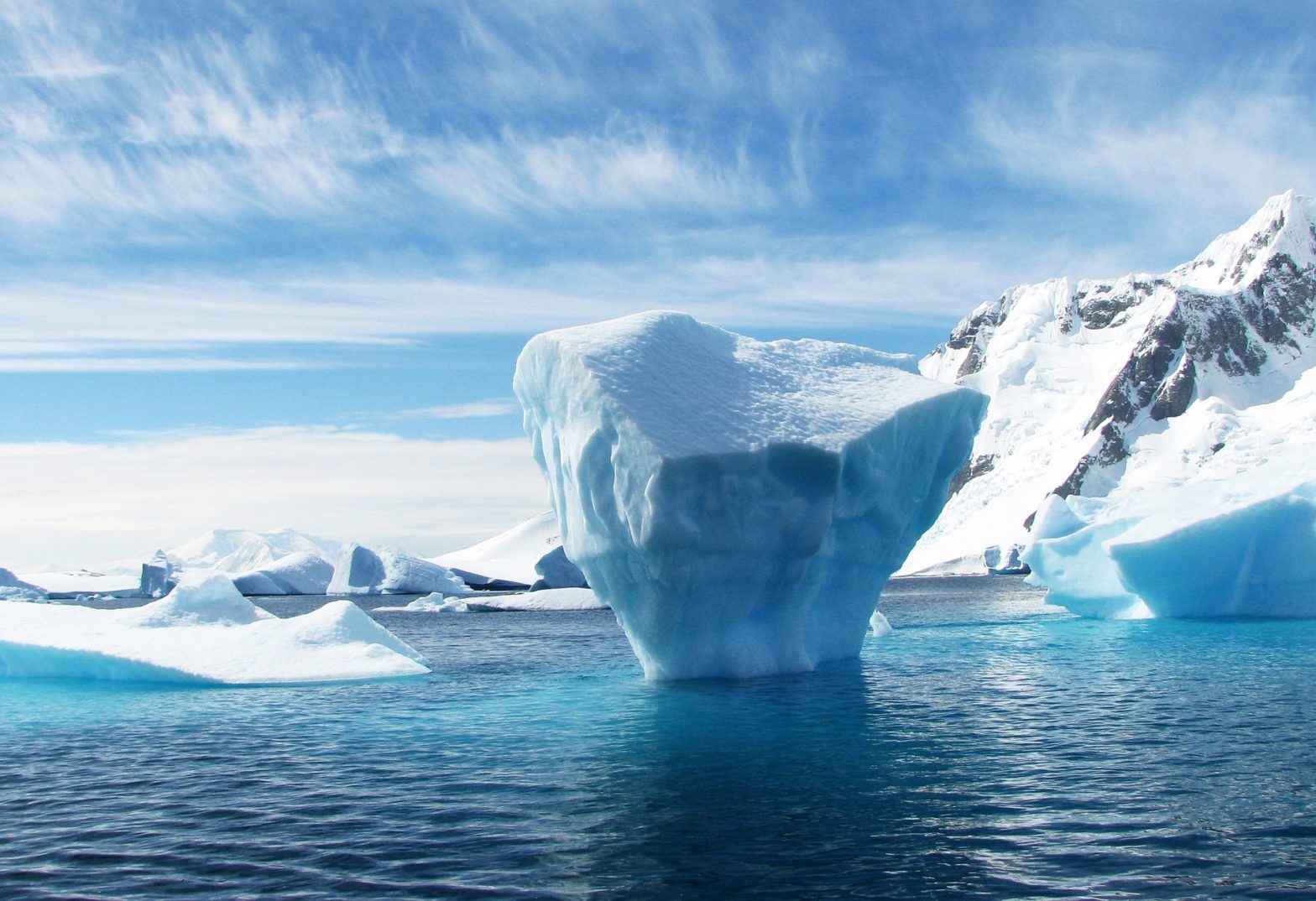My research interest on China’s maritime security somehow touches on polar governance. As one of the emerging strategic spaces in the maritime domain, China has become more concerned about affairs in the Arctic and Antarctica. This article summarises some research or studies that I have read recently, which discusses China’s ambition in the polar regions since 2014. Just as other policy areas in China’s foreign policy, the debate has always been the ‘true’ intention in polar governance.
Report: China’s expanding Antarctic interests: implications for Australia
A policy report published by the Australian Strategic Policy Institute (ASPI) in 2017 by a New Zealand sinologist, Professor Annie-Marie Brady. Presumably, the report was based on Brady’s research monograph, China as a Polar Great Power, published in the same year. This report argues that China has an evolving strategy in Antarctica over the years. She suggests that security, both traditional and non-traditional interests, is highly prioritised. Specifically, the strategic importance in transport routes, resources and military-related research are noteworthy. She also illustrates how the People’s Liberation Army (PLA) has worked closely with civil agencies, such as the SOA. For instance, the PLA is heavily involved in advancing military-related technology in Antarctica – satellite installation.
Remarkedly, this report was written about the same time when the State of Oceanic Administration (SOA) in China released the white paper about China’s Antarctic Activities (中国的南极事业). While the Chinese white paper highlights the economic and scientific aspects, Brady concerns about China’s para-military activities in Antarctica.
Report: China’s Antarctic ambitions
Yun Jiang’s report, published with Australian Institute of International Affairs (AIIA) and China Matter in 2022, argues that China’s Antarctic ambitions are overstated in western media. She criticises Brady’s analysis of China’s ‘undeclared military activities’ that they were actually allowed under the Antarctic Treaty. She suggests that the PRC is not a dominant power but rather acts like a middle power. However, she does raise the concern regarding China’s ‘focus on ensuring access to and using resources, over protection, of Antarctica’. This has led to disagreement with other countries. ‘While the PRC is not trying to break the system, it is trying to bend it to its interests’, she suggested.
One of her policy suggestions is quite interesting. When dealing with China’s growing presence in the region, she suggests that Australia should ‘appeal to the PRC’s own rhetoric’, such as ‘ecological civilisation’ and ‘a shared future for mankind’. By doing so, Australia can ensure China engages with environmental issues and climate change in Antarctica. Overall, this report is an objective but cautious analysis of China’s Antarctic policy.
Report: China’s Arctic Aspirations
This SIPRI policy paper in 2014 by Linda Jakobson and Jingchao Peng is regarded as the very first comprehensive assessment of China’s Arctic policy. They argue that China’s Arctic ambition can trace back to as early as 2009. The Chinese has slowly rebranded itself from an ‘Arctic outsider’ without sovereign rights in the Arctic. Now, it claims itself as a ‘near-Arctic state’ that has various interests in the region. They have examined China’s arctic actors, particularly research institutions and commercial actors, and how they contributed to China’s evolving role in the region.
When looking back their analyses today, Jakobson and Peng’s warning was profound. As they suggest, ‘the Chinese government will persist in its diplomatic efforts to increase, step-by-step, China’s chance of being included in decisions pertaining to Arctic governance and resource exploitation’.
Book: China’s role in the Arctic: observing and being observed
Published in 2020 by Nong Hong, a research fellow from the National Institute for South China Sea Studies (NISCSS). This book is one of the first books in English to cover China’s Arctic Policy white paper in January 2018. As an emerging scholar in China’s polar governance, Hong suggests China’s three major interests in the Arctic. They are: shipping, resource development, and scientific research, which are mostly economically driven. Then, in each policy area, she examines China’s policy in the Arctic in two dimensions: multilaterally and bilaterally.
Just as other Chinese scholars, Hong has mapped out the positive side of China’s involvement in the Arctic. She has suggested that the country abides with existing norms and order. The book tends to address the western discourse of China being a threat to Arctic politics. She implies that the Arctic community should, instead, create more dialogue and coordinate projects with China for mutual benefits. While this recommendation is fair, it lacks a comprehensive assessment of the Chinese government’s official narratives. Namely, Hong takes the claimed four key principles, respect, develop, understand, and protect as they are. She seems to neglect the diplomatic narration, as Jakobson and Peng would have argued. For instance, one dimension that Hong perhaps needs to examine more thoroughly is the China’s use of non-state actors to pursue presence in Arctic affairs, which has gradually become more of a concern.

